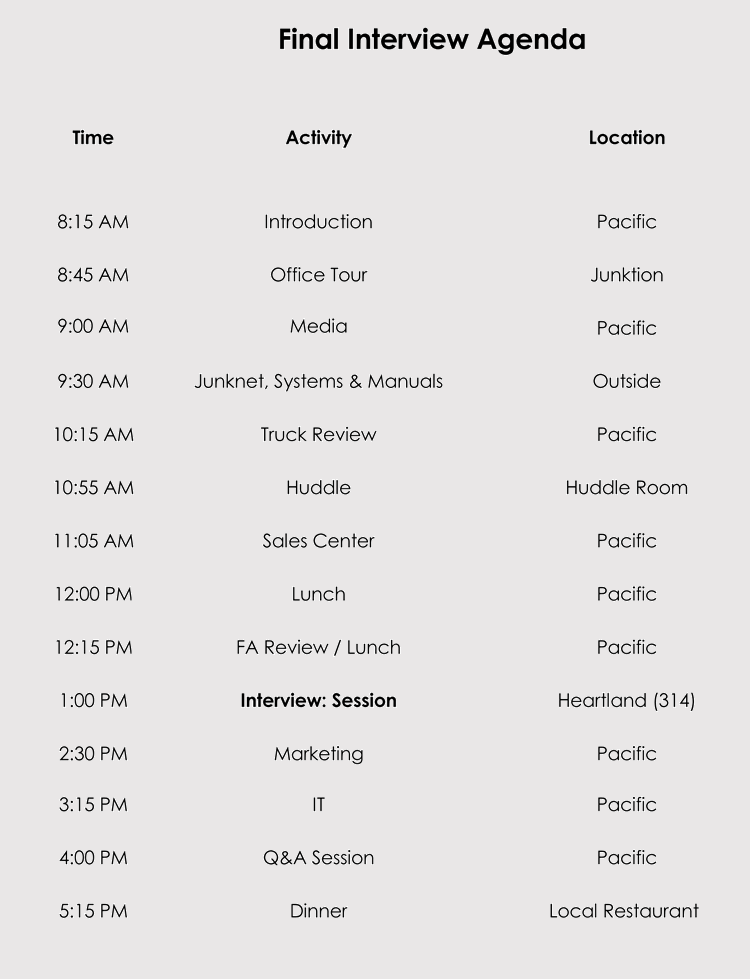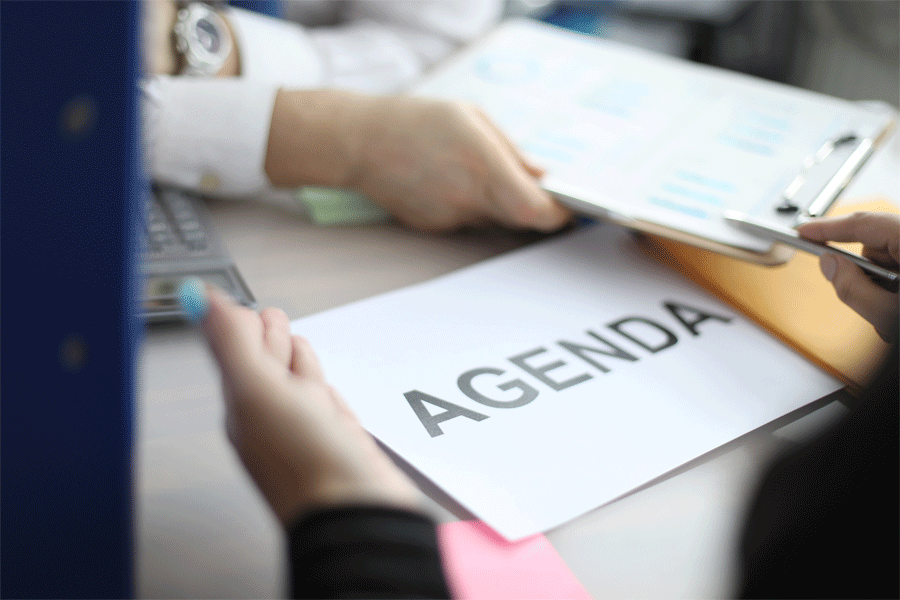An interview agenda is used by human resources professionals to direct and organize interviews. With hundreds of applicants throughout the day, there must be a simple, but effective system in place to monitor candidate’s information, position applied for, and possible fit within the company. But, with so many applicants a day, there is not enough time to craft a new agenda for each one.
Structuring An Agenda
Before writing an agenda, you will want to plan the questions you would like to ask, set SMART goals, and design an outline of questions and topics. Adding a time limit to each question’s answer will ensure it stays within a certain time frame. Questions should engage your candidate by highlighting their desire to innovate and contribute new ideas. A candidate with fresh ideas can help your company move ahead of competitors.
Positive, simple, language that focuses on a candidate’s skills is recommended for your agenda. By using each of these you will put your candidate at ease. This will allow you to see their personality, build a stronger rapport, gauge soft skills, and ask more open-ended questions.
After these steps are complete, you can begin writing the questions, beginning with simple ones and progressing to those that probe the candidate’s critical thinking skills. Finally, graphs and tables are an excellent tool to use to rate a candidate in real-time, compare all candidates after, and select the hire.
There are a variety of agendas, but the basic elements include:
- The candidate’s information such as position applied for and previous employment, skills, experience, and interests
- The information such as title, department worked in, and whether or not there are multiple interviewers
- The time, length, and location so you can compare each to determine which provides the maximum effectiveness
- Which questions were asked, their answers, and notes on follow-up questions
- Additional notes, overall impressions, and the likelihood of pursuing another interview or hiring
What Are the Agendas Used For?
There are many possible uses, but here are a few:
- Post Tender Interview
- Informational Interview
- Candidate interview
- Exit Interview
- Group Interview
- Phone Interview
- Second Interview
Ways An Agenda Helps In Conducting Interviews
The agenda allows hiring managers to easily align questions, or other activities, with the qualifications listed in the job posting. The manager can prepare first, and follow-up, questions that will build rapport with the candidate and gauge their interests. When interests are uncovered, the candidate will contribute more ideas.
Activities to be performed in an interview can be written step-by-step, so nothing is missed and a comfortable flow is completed in a day.
Advantages of a Template
A template serves as a structured outline that guides you through the various stages, ensuring that you cover all the necessary aspects and make the most out of your interactions with candidates. Designed for ease of use, these templates provide a sparse yet informative layout that is easy to skim and track questions already covered. Bulleted lists, with one-liner questions speed up the process and boost the professionalism. With tips for effective interviews and tables to monitor many candidates at once, these templates will help you get the most from every interview.
Sample Agenda
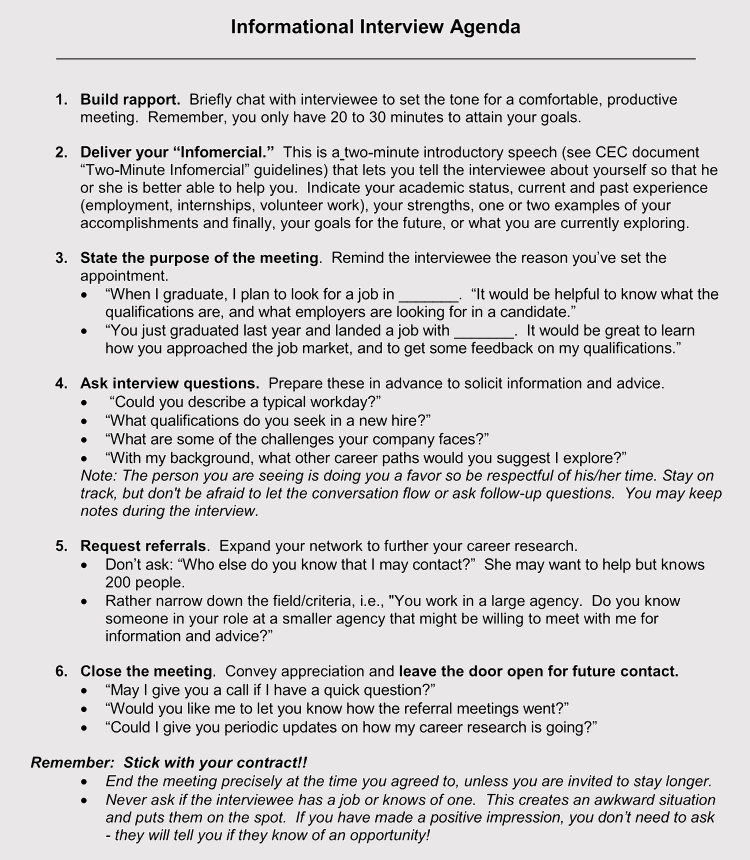
Sample Candidate Interview Schedule Agenda
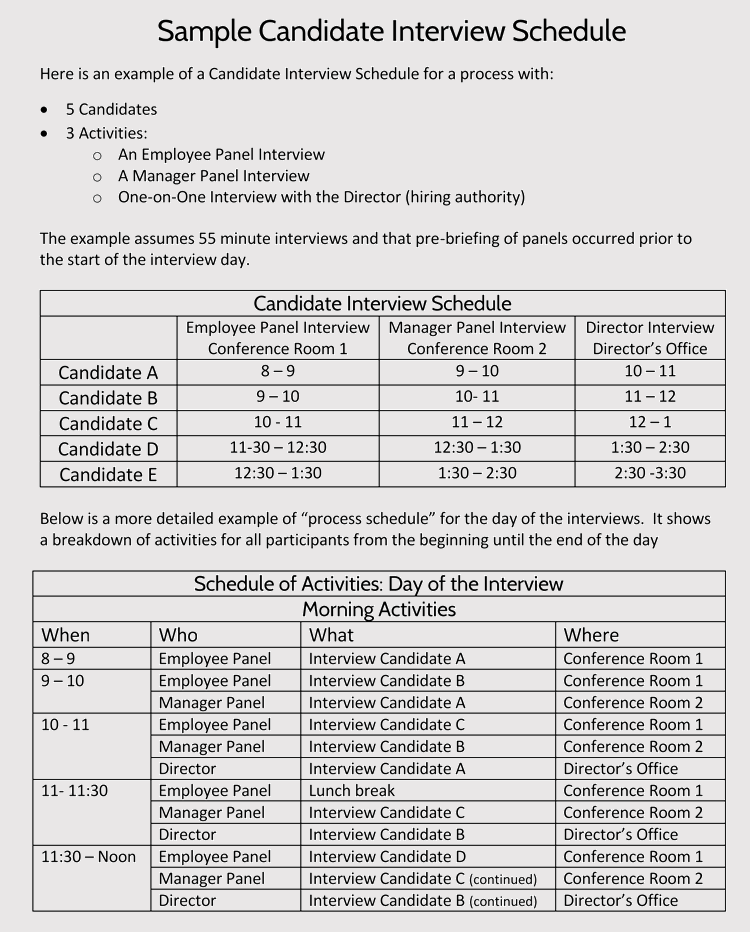
Sample of Exit Interview Survey Sheet
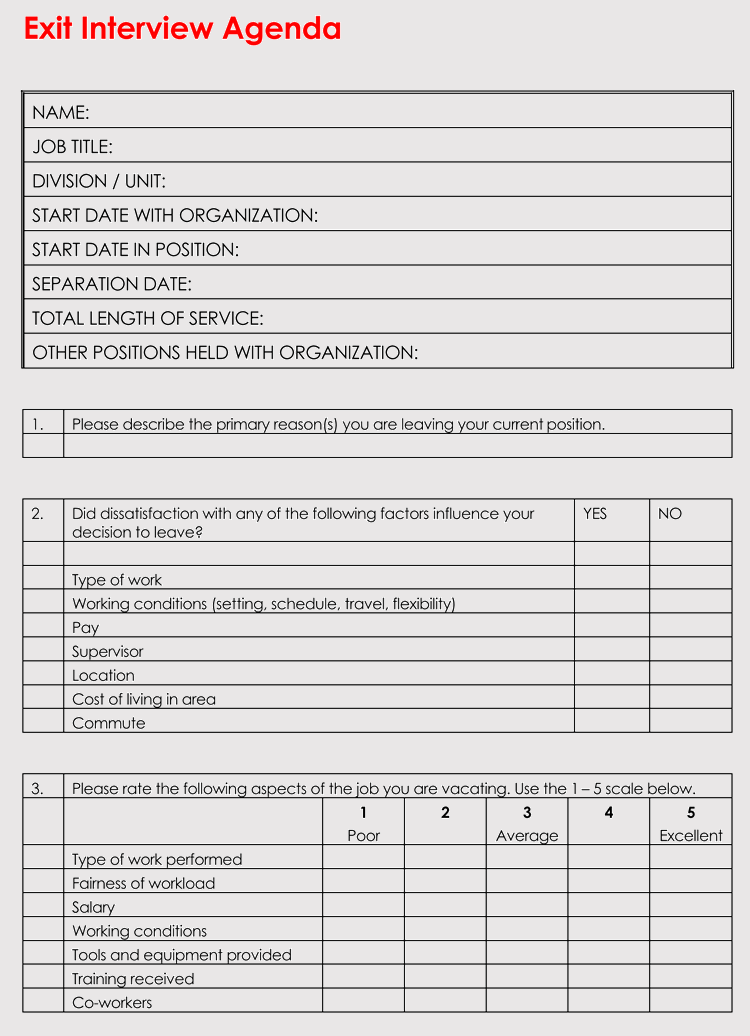
Group Agenda Format
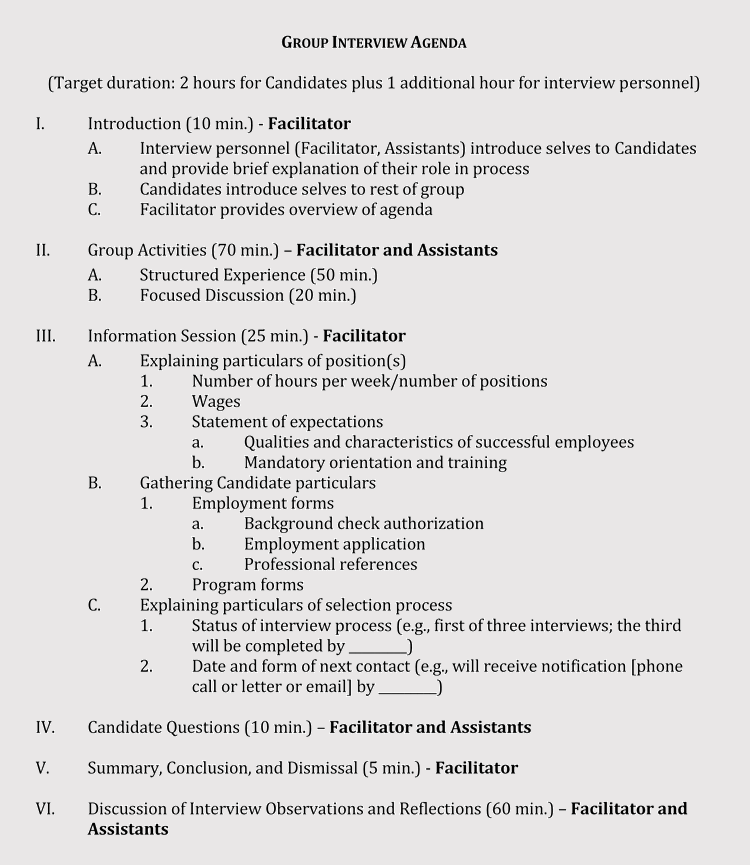
Phone Interview Agenda Sample
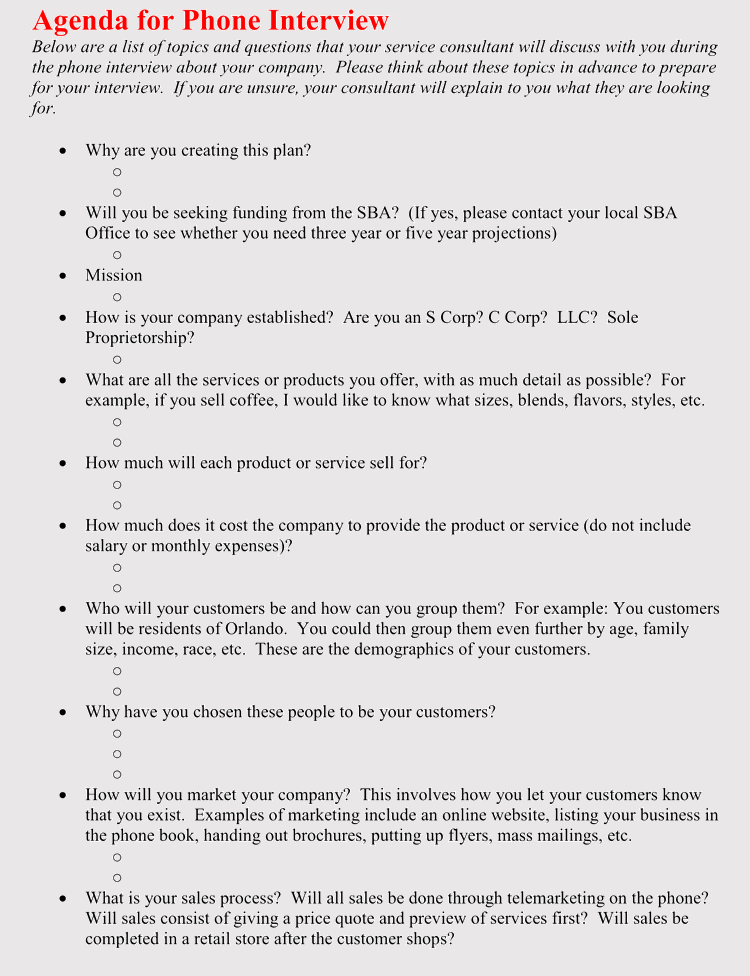
Second Interview Agenda Sample
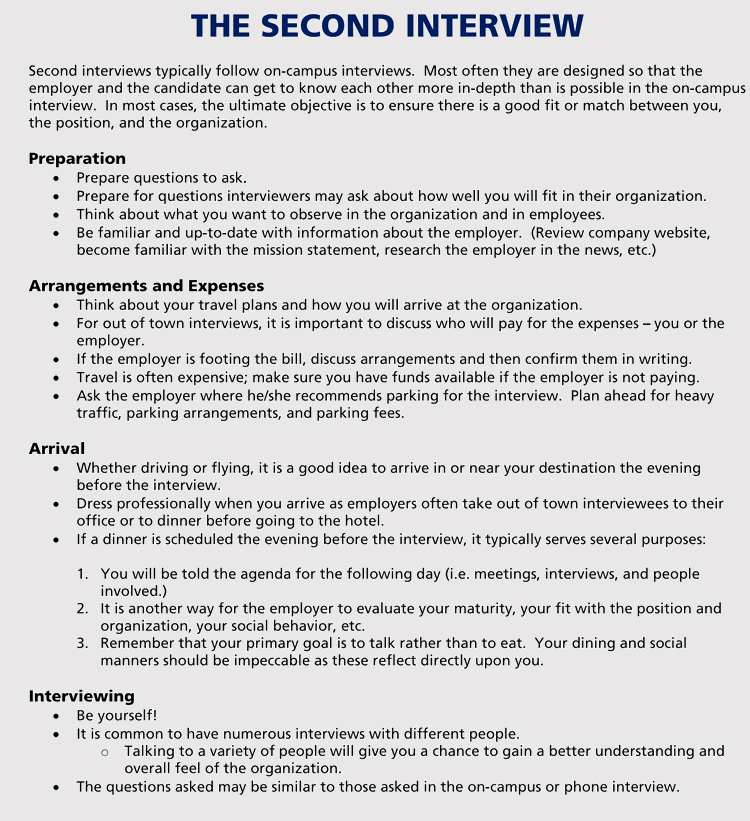
Agenda Format for Typical Interview
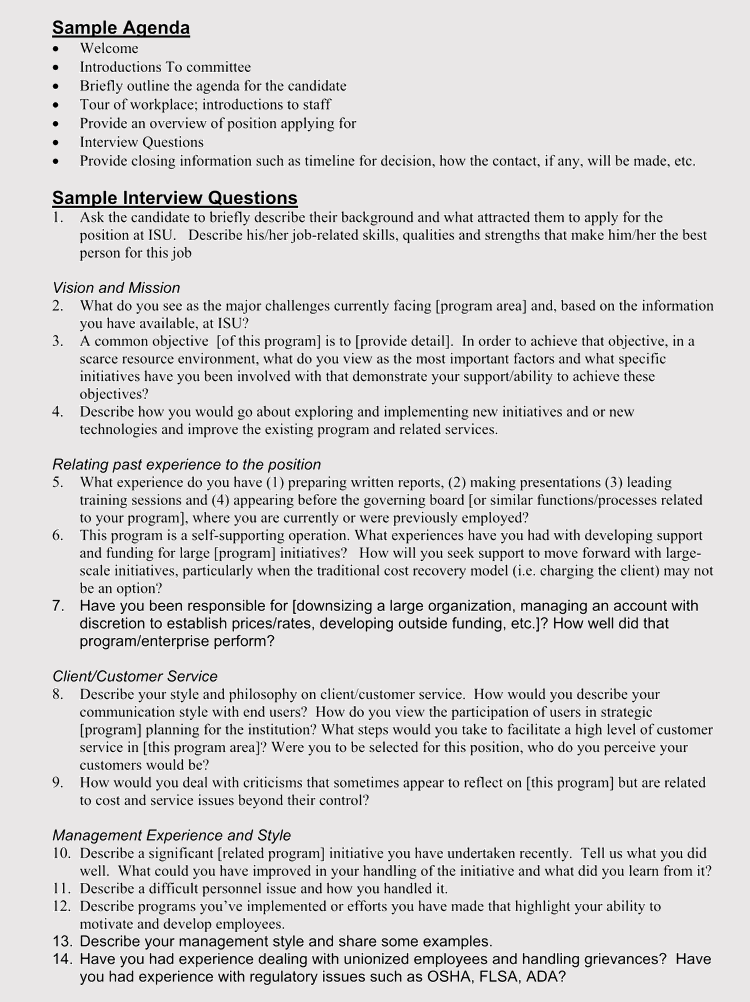
Post Tender Interview – Sample Agenda
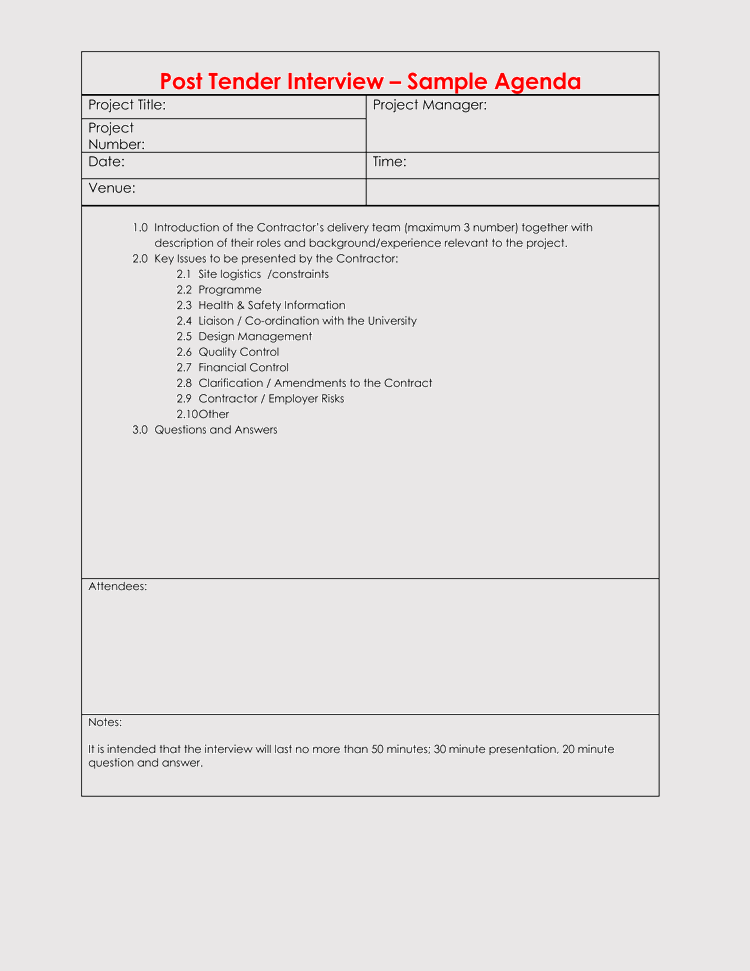
Sample of One Page Interview Agenda
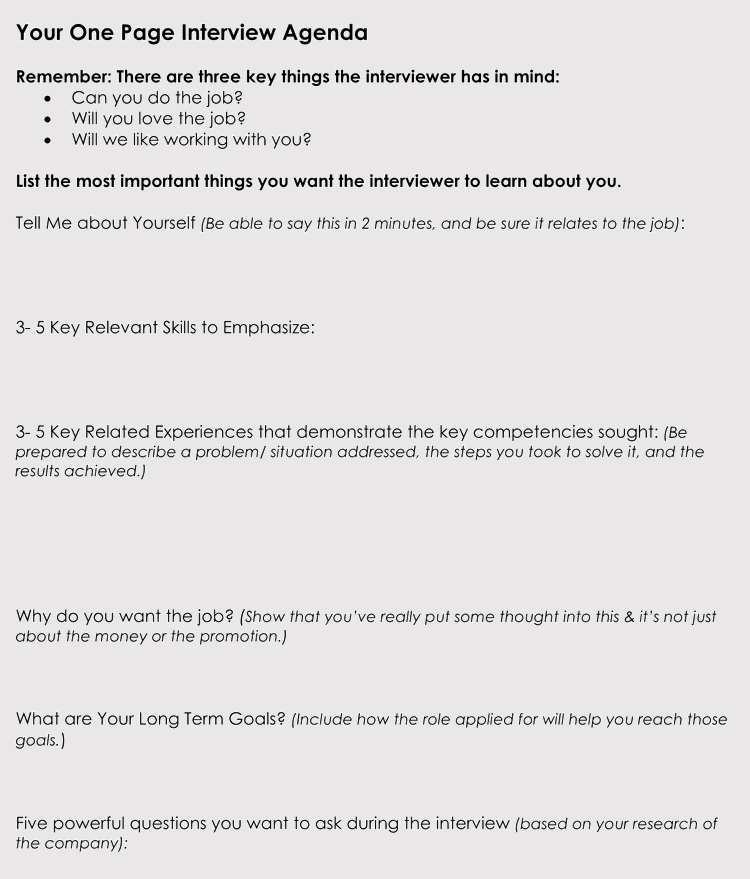
Final Interview Agenda Example
